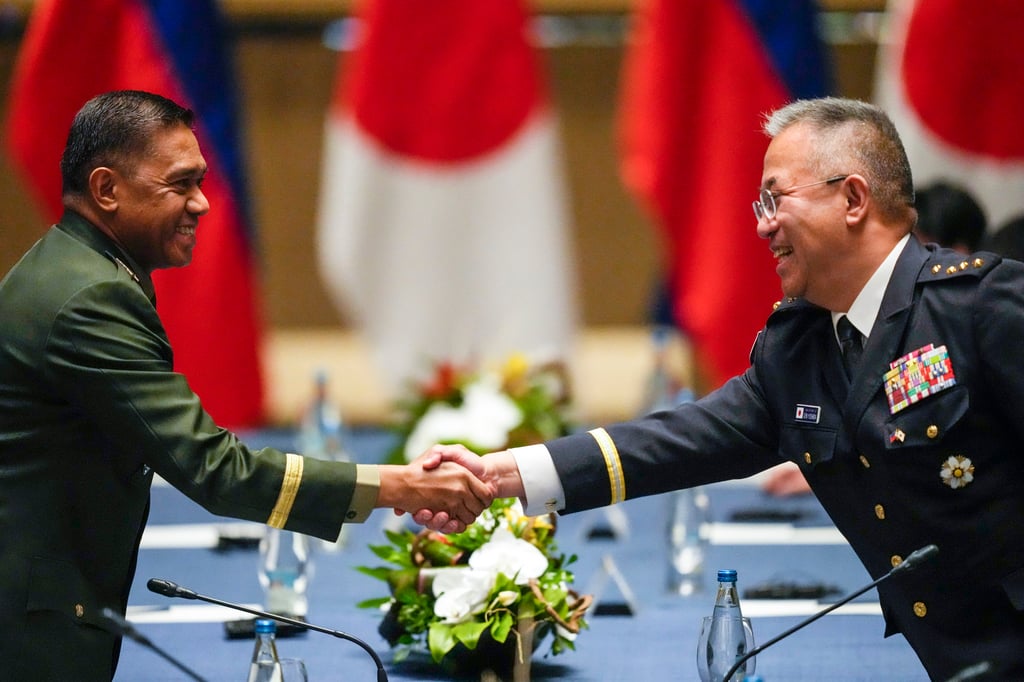Landmark Japan-Philippines troop deployment pact nears the finish line
Observers have speculated that Shigeru Ishiba’s government might be delaying ratification to avoid antagonising China

For the first time since World War II, Japanese forces may soon set foot on Philippine soil. But before that historic moment, Tokyo’s foreign minister is in Manila this week to iron out the details of a defence pact that could redefine regional security.
Takeshi Iwaya’s two-day visit from Tuesday comes as both nations are looking to deepen ties under their “strengthened strategic partnership” that dates back to 2015. Topics on the table include defence, security and development cooperation, reflecting the region’s evolving geopolitical calculus.

But this concern is “probably unnecessary”, according to Shin Kawashima, an international-relations professor at the University of Tokyo, who said the current administration’s policy towards China was basically the same as Kishida’s.
